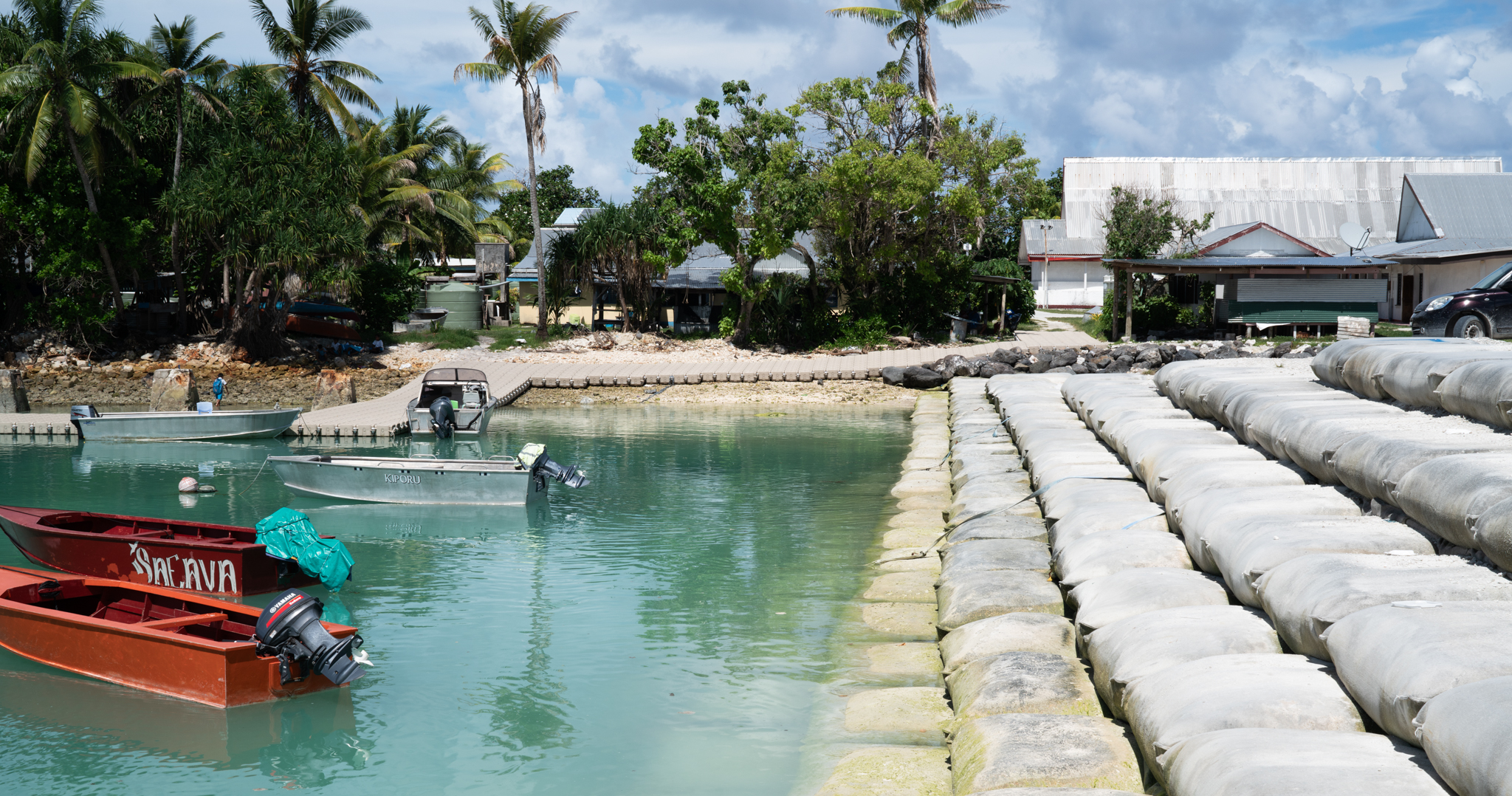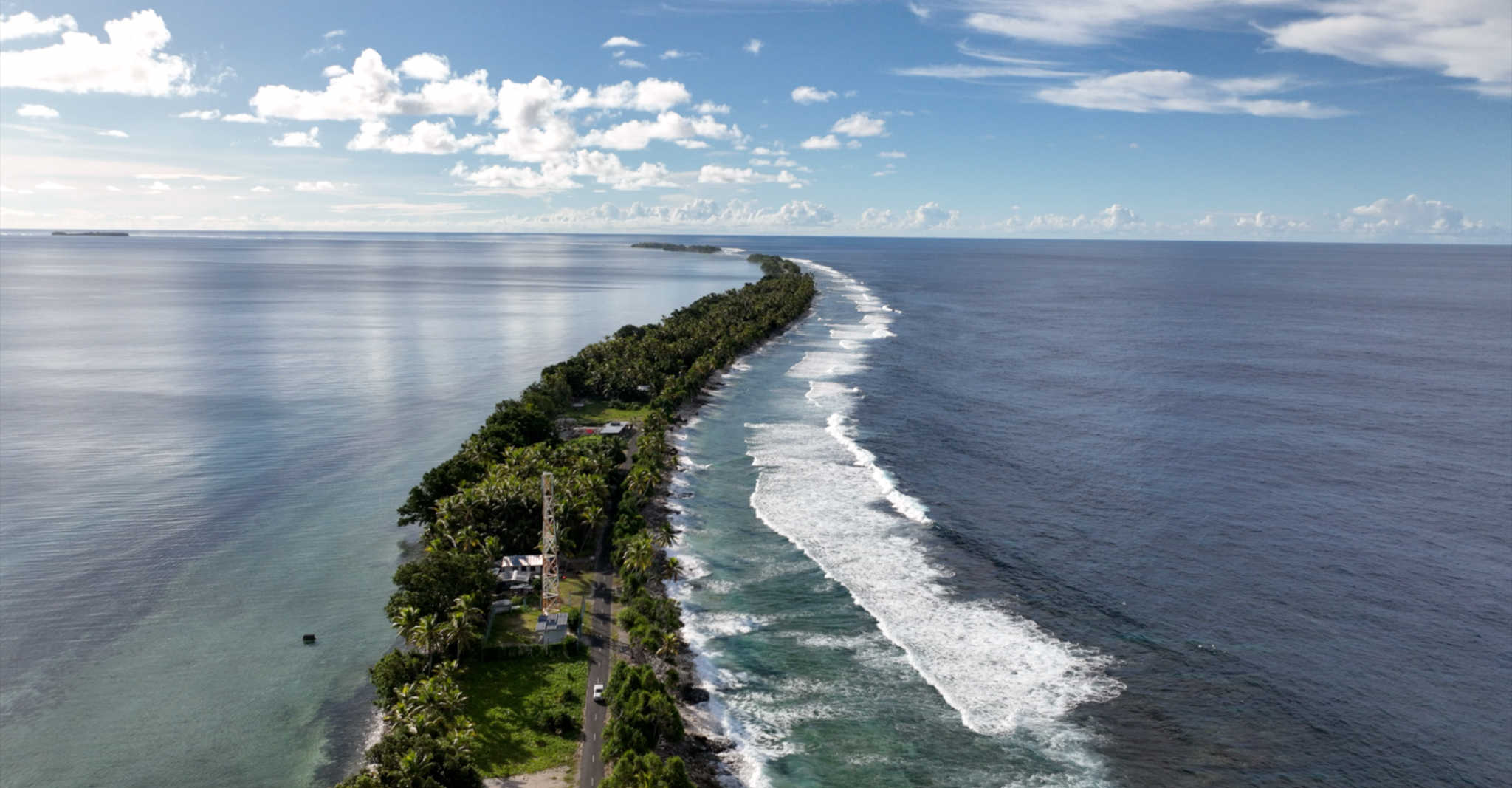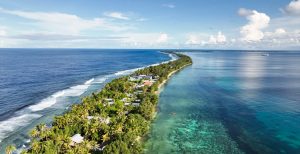It may come as a surprise but traveling 7,500 miles to the least visited nation on the planet can provide valuable perspective on one’s own country. As part of the first Congressional delegation to ever set foot in Tuvalu — internationally recognized as one of the most climate-vulnerable states — we saw firsthand how climate change is impacting daily life in the Pacific and explored surprising connections between sea level rise, disease, and nutrition.
Along with visits to Tonga and Fiji, our delegation learned lessons on what can be done to adapt to these dangers, lessons as relevant from the South Pacific to South Jersey, from Hawaii to California to Florida.
As it becomes clearer every year, sea level rise poses a serious threat to coastal life around the world. In the coming decades, low-lying communities – and entire countries – could disappear forever. In Tuvalu, an atoll nation whose highest point is 15 feet above sea level, it is estimated that over half of the country’s capital, Funafuti, will be flooded by 2050. This sea level rise will render the country largely uninhabitable.
While the threat is not as pronounced in the United States, nearly 40 percent of Americans live along the coasts. Over the next 30 years, U.S. sea level rise projections anticipate 10-14 inches of rise on the East Coast, 14-18 inches on the Gulf Coast and 4-8 inches on the West Coast. Of particular note, sea level rise and storms threaten coastal agricultural communities globally. These threats include erosion, land losses, and saltwater intrusion, which can contaminate water supplies and decimate the agricultural and fishery sectors.
We saw these impacts firsthand in the Pacific Islands, where saltwater intrusion has significantly reduced the ability of residents to grow and produce nutritious foods. As a result, residents often have no choice but to purchase inexpensive processed foods from abroad, high in salt and fat content. These “junk foods” are low in essential nutrients, leading to a devastating cycle: undernourishment at young ages increases the risk for obesity later in life. In fact, in the Pacific, childhood obesity rates are rising faster than in any other region of the world, contributing to the highest mortality rate for diabetes globally.
What can we do to address these complex interconnected threats? We learned that multilateral investments — through the United Nations and USAID — are crucial for these countries’ self-defense. Alternatively, it became clear that slashing or eliminating contributions to multilateral accounts — as the House of Representatives recently endorsed — or arguing that aid should only be provided on a bilateral basis would be extremely damaging.
In Tuvalu, we stood atop a sea wall partially funded by the U.N.’s Green Climate Fund and the U.N. Development Program (UNDP), the first large-scale coastal adaptation project of its kind in the region. Completed in 2023 using local labor, huge amounts of sand were sustainably dredged to create an embankment 2,500 feet long and 330 feet wide. This “reclaimed” land stands eight feet above the Highest Astronomical Tide, providing protection to 60 percent of the population for at least the next 80 years. Assuming there is sufficient funding for Phase 2, the entire population of Tuvalu’s capital — approximately 6,000 people — will be able to move to higher ground. Adding to the impact, the sea wall will be silted, allowing Tuvaluans to create community gardens, increasing their access to fresh produce and reducing their reliance on expensive food imports.

UNDP Coastal Protection and Land Reclamation Project. Photo provided by the UN Foundation.
In Tonga and Fiji, UNICEF, USAID, and the World Health Organization are working in hospitals and health clinics to provide integrated immunization and nutrition programs. For example, in Fiji, we visited the Nausori Hospital, where nurses benefited from a UNICEF program that trained staff on severe acute malnutrition (SAM) management. SAM, the most visible and life-threatening form of malnutrition, impacts some 13 million children globally. Once diagnosed, these nurses are now able to provide children with ready-to-use-therapeutic food (RUTF) — an inexpensive, energy-dense, micronutrient paste that literally saves lives.
We also learned of more comprehensive efforts, like UNICEF’s “Fix My Food” initiative. UNICEF is working with the local government and young people to suggest healthier ways to cook favored foods. The data gleaned from these programs, and whether they are absorbed and adopted by locals, is just as relevant in our communities where highly processed foods are contributing to a rise in obesity. In fact, U.S. obesity rates have more than doubled since 1980 and are the highest among wealthy nations in the world.
Flying over Fiji on the way home, a seemingly small dot against an immense shroud of blue, we reflected on the fragile context in which this work takes place — and the increasing fragility of continued support for the type of lifesaving projects we had just seen. Amid astonishingly shortsighted calls from some of our colleagues to disproportionately cut funding to the State Department and USAID and especially the United Nations — which would cause needless suffering in many countries — we recognized why foreign assistance matters. It’s critical because learning to tackle climate challenges head-on or respond to emerging health threats is not just a global issue but a local one. When we help these remote places, no matter how many miles away, we learn how to help ourselves.

A view of Tuvalu. Photo provided by the UN Foundation.

































